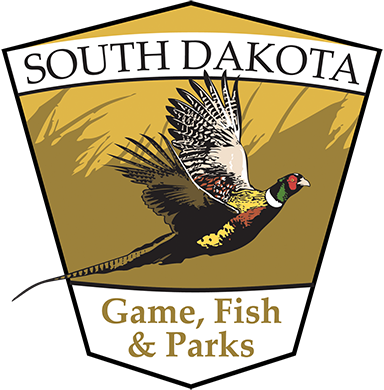wildlife habitat management practices
Pheasants
Pheasants have several requirements to attain optimal population levels in any given area across South Dakota.
By far the most limiting factor on most properties (and in South Dakota as a whole) is quality, undisturbed nesting cover. Nesting cover can include a wide array of grassland habitat; including CRP, undisturbed grasslands, and properly grazed pastures and hay lands differed to at least July 15.
As with many other upland nesting bird species larger blocks of nesting cover are beneficial because they increase both hen survival and nest success. Nesting blocks between 40-160 acres are ideal for pheasant management. Many options exist through USDA's CRP and CCRP programs to increase nesting cover on your property while maintaining an income on those acres.
Brood rearing cover is the second component to successful pheasant management. Broad leaf plants attract insects critical for chick survival during a broods first few weeks of life. Species like alfalfa, sweet clover and a diverse group of native legumes and wild flowers can be incorporated into grassland seeding mixes to create brood rearing habitat. Reducing the number and acres of row cropped food plots and converting them to brooding habitat areas can increase chick survival on your property. The number one mistake is adding too many food plot acres. In our agricultural landscape, food is rarely an issue for pheasants.
Winter survival is the next concern that needs to be addressed in any pheasant management plan. Dense stands of warm season native grasses can serve as roosting cover during all but the most severe winter weather. These grasses remain upright in snow, allowing pheasants to roost. Large emergent wetlands like cattail sloughs can perhaps be the most effective winter cover available. Strategically placing other habitat components such as grass planting, food plots, and woody cover plantings near emergent wetlands will amplify the benefits of winter cover, increasing survival of pheasants on your property.
Woody cover in the form of shrub and small tree plantings serve to provide thermal protection for pheasants in extreme winter weather such as blizzards and ice storms. For pheasants wide, blocky tree planting of 9+ rows are needed to provide adequate winter cover. Narrow tree plantings fill with snow and provide little winter habitat for pheasants.
Habitat advisors are available to assist landowners in designing, developing and funding habitat improvements. Find one in your area today!

